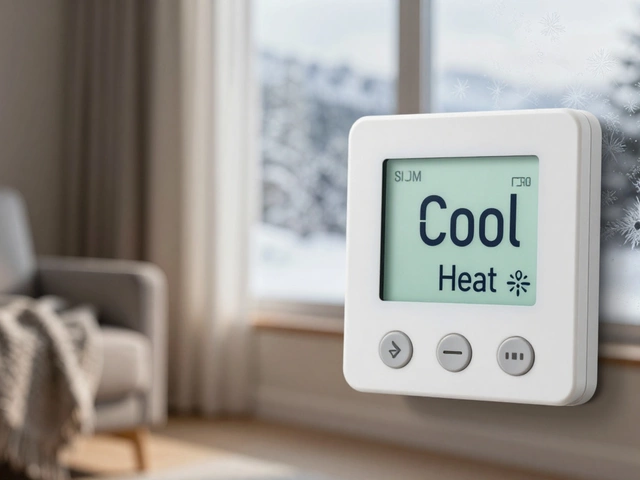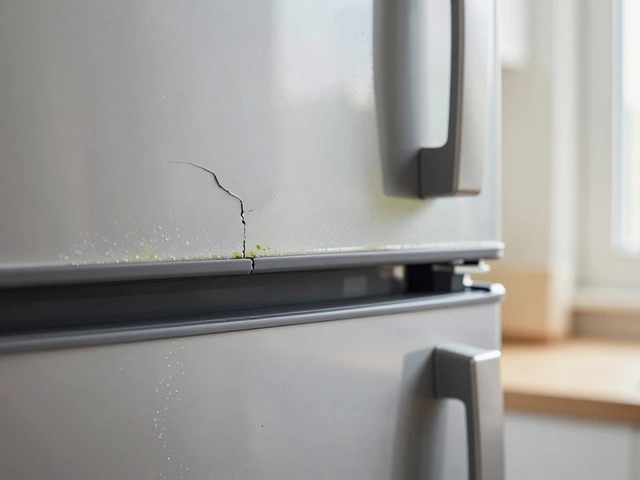Extractor Fan Law: What Homeowners Need to Know
When working with Extractor Fan Law, the set of regulations that dictate how ventilation fans must perform in residential buildings. Also known as ventilation compliance rules, it ensures safe airflow and acceptable noise levels in kitchens and bathrooms. In plain English, the law says a fan must move enough air to keep moisture and odors out, but not so loud that it disturbs daily life. This balance is why you’ll hear talk of CFM (cubic feet per minute) and decibel limits side by side.
Key Parts of the Extractor Fan Law
The first entity you’ll encounter is the Extractor Fan, a motor‑driven device that pulls stale air out of a room and pushes fresh air in. Its main job is to create proper ventilation, which directly ties to indoor air quality and moisture control. The law sets a minimum Airflow (CFM), the volume of air the fan must move each minute. If a kitchen fan only delivers 50 CFM when the regulation demands 100 CFM, you risk mold growth and higher energy bills.
Noise is the second big hurdle. The law caps the Noise Rating (dB), the sound level a fan may emit when operating at full capacity. A quieter fan (under 35 dB) is preferred for bathrooms, while a slightly louder model (up to 45 dB) may be acceptable in larger kitchen spaces. By linking airflow to noise, the regulation forces manufacturers to design smarter fans – higher CFM without a proportional rise in decibels.
These two requirements create a semantic triple: Extractor Fan Law requires minimum airflow, and Extractor Fan Law limits noise rating. Together they influence the broader Ventilation Standards, the industry guidelines that define how air should move through homes. When a fan meets the law, it automatically satisfies most ventilation standards, making compliance a single check rather than a checklist of separate rules.
What about the homeowner’s side of the equation? The law is tied into national Building Regulations, the legal framework that governs construction and renovation work. During a remodel, a building inspector will verify that the installed fan hits the required CFM and stays under the noise ceiling. If it doesn’t, you’ll need to replace or upgrade the unit before the project gets a sign‑off.
Understanding these connections saves you time and money. Instead of guessing which fan fits, you can look for the CFM rating and dB level printed on the product label. Most reputable brands list both, and many now market "legal‑compliant" models that already meet the law’s thresholds. That means fewer callbacks and a smoother handover to the inspector.
Now that the legal landscape is clearer, you’ll also notice how it shapes the market. Manufacturers design fans with variable speed control so you can dial down airflow when you don’t need full power, keeping noise low while still meeting the minimum requirement when the fan runs at its highest setting. This flexibility is a direct response to the extractor fan law’s dual focus on performance and comfort.
Below you’ll find a curated collection of articles that dive deeper into each aspect: buying the right fan, troubleshooting common problems, and knowing who should do the work. Whether you’re planning a kitchen upgrade, fixing a noisy bathroom fan, or just want to be sure your current setup complies, the posts will give you actionable tips and real‑world examples.
Ready to explore the details? Scroll down to see practical guides, cost comparisons, and step‑by‑step advice that will keep your home ventilated, quiet, and fully compliant with the extractor fan law.


